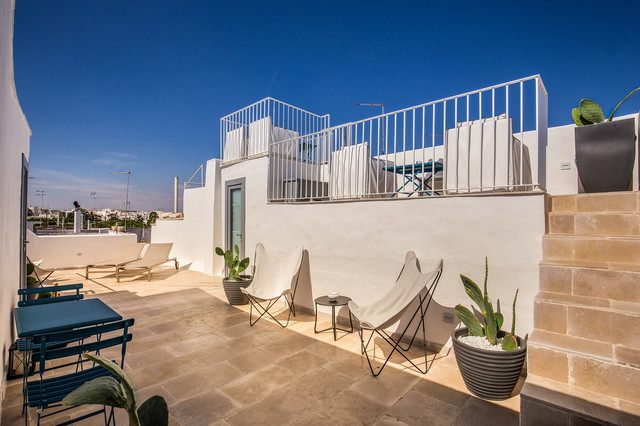

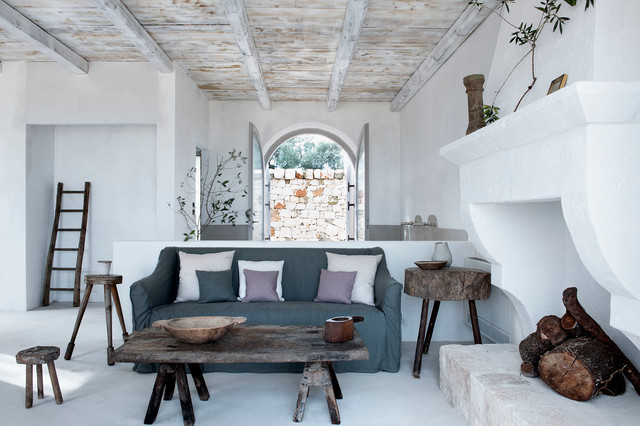
The slow home is not just about decor — it’s an entire philosophy. Australian interior designer Natalie Walton describes how you can incorporate slow living into your everyday life in her book Still: The Slow Home (published by Hardie Grant Books).
“The first and simplest way is to consume less — it’s perhaps the most important tool at our disposal. Secondly, we can also consider the idea of “localization,” a concept developed by economist Helena Norberg-Hodge,” Walton writes.
“Our homes are ideally placed to support and promote these ideas, with everything from the materials we source in construction to how we fit out and furnish them,” she writes. “The choices we make don’t have to be at the expense of creating a space that feels warm and welcoming, though. Instead, they can actually make us feel better about how and where we live.
“Thirdly,” she adds, “when we choose to connect more with nature, it becomes a bigger priority in our lives.”
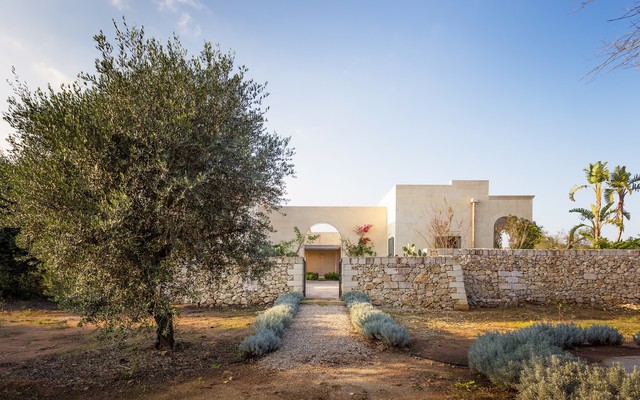
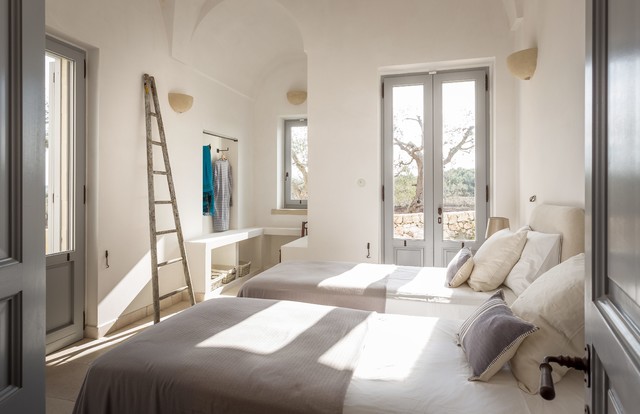

Stay Local
How does architecture respond to slow living? How can we identify the design practices that can help us slow down?
“The answer is using local models and architectural typologies, those that have always served this kind of function and lifestyle,” Ghiretti says. “It’s important to use local materials and insert salvaged elements whenever possible, while recovering the spaces that were there before and converting them to serve other functions.”
Outdoor living is another essential component. “Here, where the climate allows it, it’s important to create a very strong relationship between indoor and outdoor spaces, maximizing contact with nature so that 50% to 60% of your time is spent outdoors.”

For Cavrini, experiencing greenery takes perseverance. Plant care yields results only over time — which every living organism needs to grow. “You get the greatest benefit from greenery not when you surround yourself with it, but when you take part in its growth. Not everyone experiences the innate pleasure of living with and caring for plants. It’s something very personal, which only takes shape over time.”
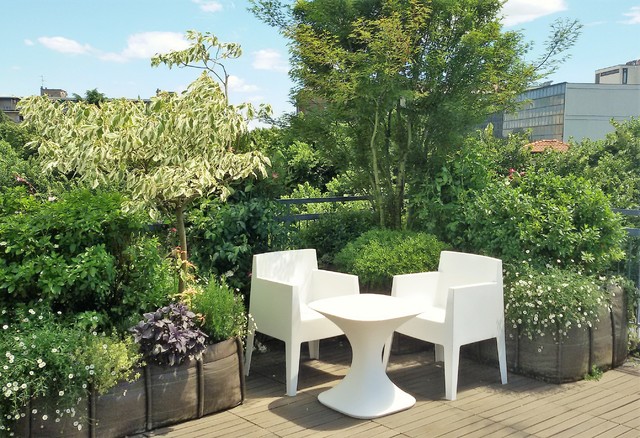
This is why she suggests that skeptics try growing just one plant in a pot. Cultivating and seeing a plant grow is an experience that can have surprising effects even on the biggest doubters. “Trying to grow a plant, having an active hand in its development, concentrating on it and understanding its development allows you to align with the rhythm of nature: today I sow, tomorrow I water and only after that will the plant germinate,” Cavrini says.
“There’s value in seeing something that grows with your care or perishes because you don’t understand it or haven’t done enough. In nature, as in life, not everything is always successful, so taking care of something green allows you to understand instability.”
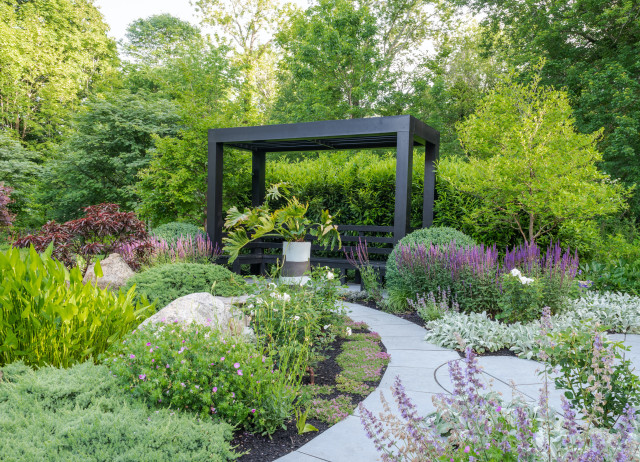

For Kom, slowness became a way to put the things that are really important back into focus and address neglected needs, like the need for rest. “We’ve been raised to be very violent with ourselves, to do everything quickly, to feel guilty if we waste time and aren’t productive. Slowing down is a way of focusing on calm and concentration, an attitude that’s necessary in order to keep up with the intense rhythm of our everyday lives.”




Slow living was rediscovered — if it was ever truly lost — through the element that perhaps most unites us: food. Started by Carlo Petrini in Bra, Italy, in 1986, the Slow Food movement emphasized the necessity and beauty of a shift to a more convivial and unhurried (dining) experience.
After Petrini, English-speaking countries took the reins, theorizing the need for a return to a slower pace and linking food to other areas of life. Many authors have used the word “slow” as an acronym for Sustainable, Local, Organic and Whole.